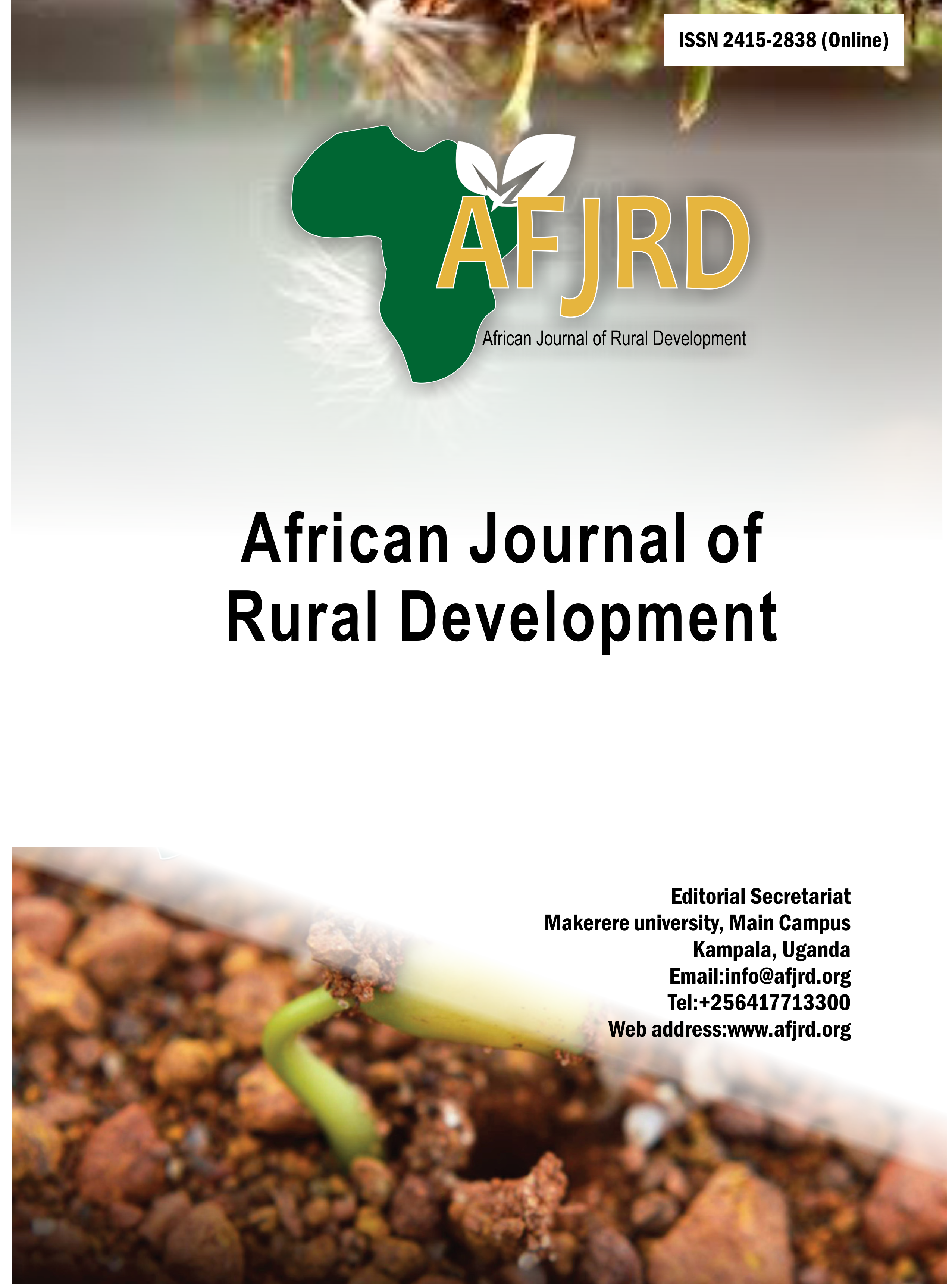Vegetable Consumption Predictors in Three Markets, Kampala, Uganda
Main Article Content
Abstract
Vegetable consumption remains low among Africans, particularly in sub-Saharan Africa. A study
conducted in the greater Kampala metropolitan area of Uganda examined consumer patterns and
challenges in adopting vegetables as part of the staple diet. The majority of vegetable consumers (65.3
%) were women, with Nakawa market being crucial. Participants had a mean age of 34.6 years and were
primarily Catholic (34.2%), were Ugandans, had a basic education, and earned a monthly income above
USD 110. Vegetable consumption frequency every week was similar between Nakawa and Kalerwe.
markets. The most commonly consumed vegetables were the leafy vegetables, dodo Amaranthus
dubius (47.5%), and cabbages Brassica oleracea (63.9%). 'Biringanya' Solanum melongena (82,9%)
was the most purchased non-leafy vegetable. Overall, vegetable consumption was low and irregular.
with specific vegetables showing daily consumption rates ranging from 41.2% to 57.1%. Challenges
associated with vegetable consumption included vegetable handling and transportation, lack of
refrigeration facilities, and inadequate equipment for storage. Charcoal was the primary cooking fuel
for most people (90.8%). Promotional efforts are needed to increase vegetable sales and consumption
in Kampala, aligning with WHO recommendations for improved nutrition, health, and income.
Article Details

This work is licensed under a Creative Commons Attribution 4.0 International License.
